
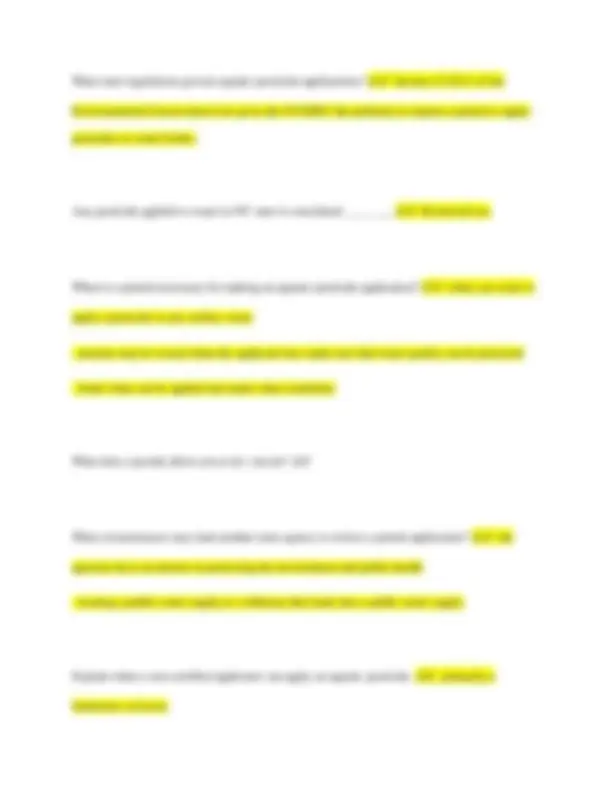
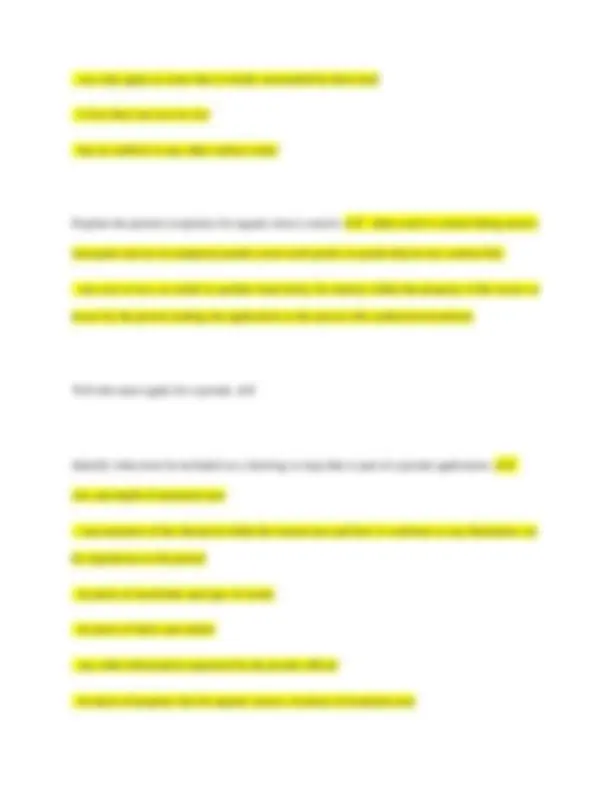
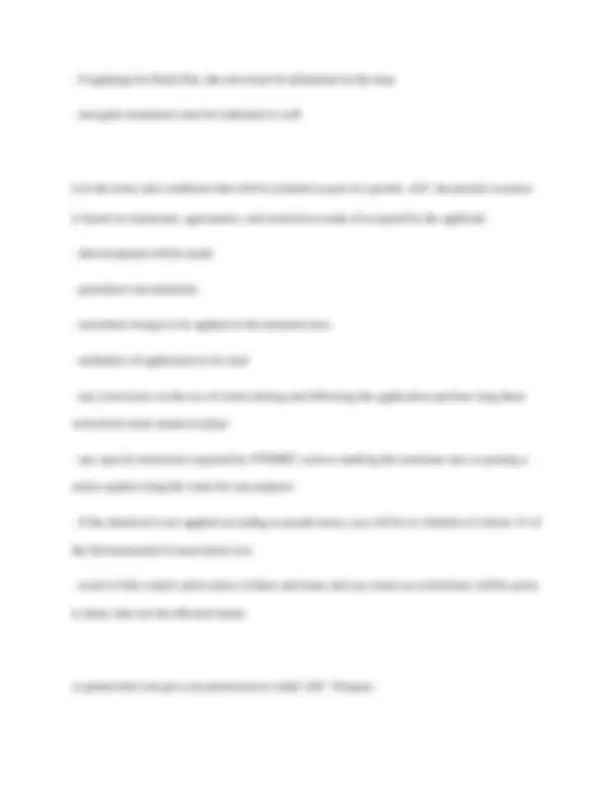
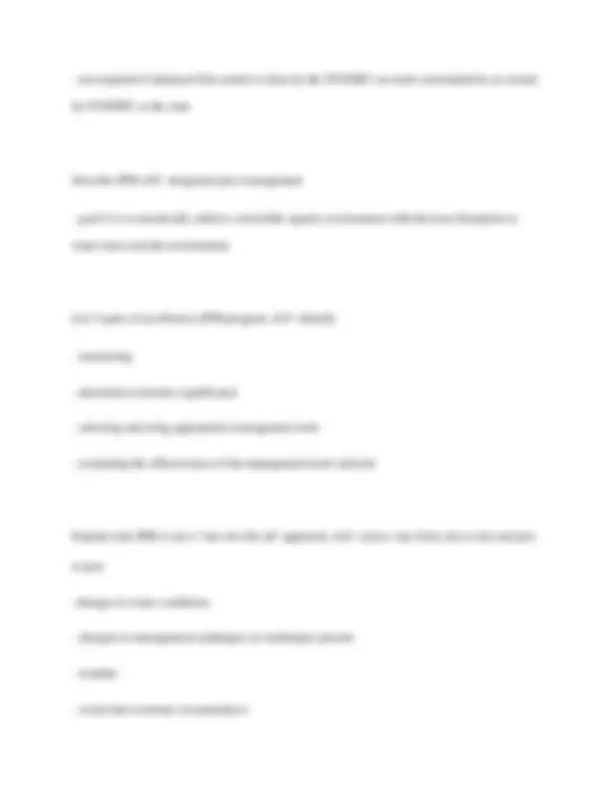
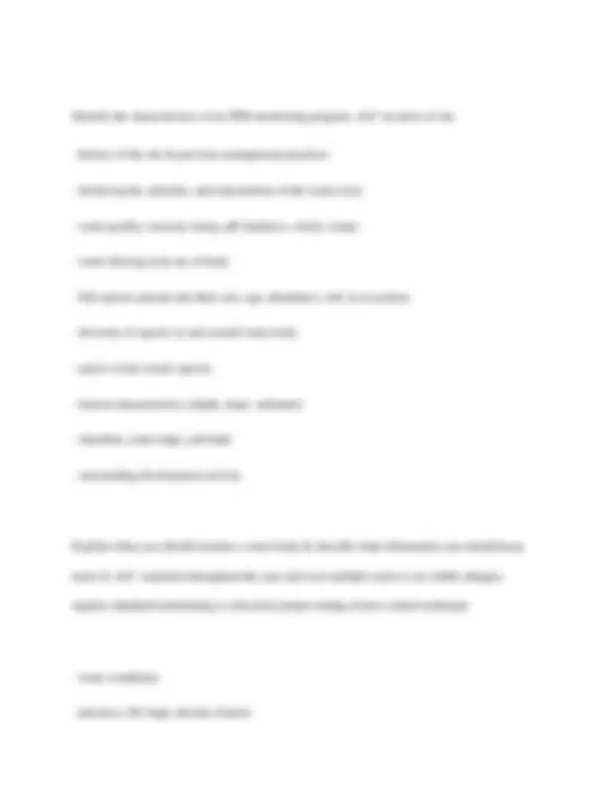
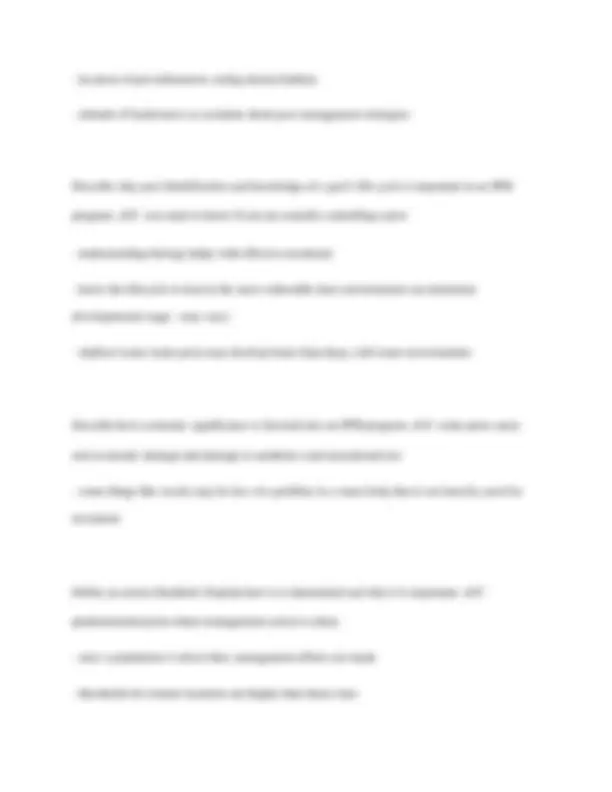
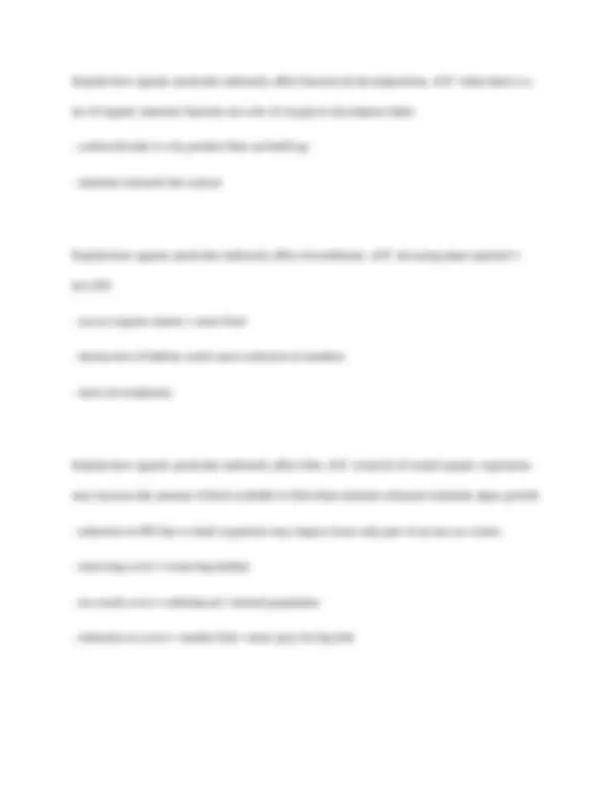
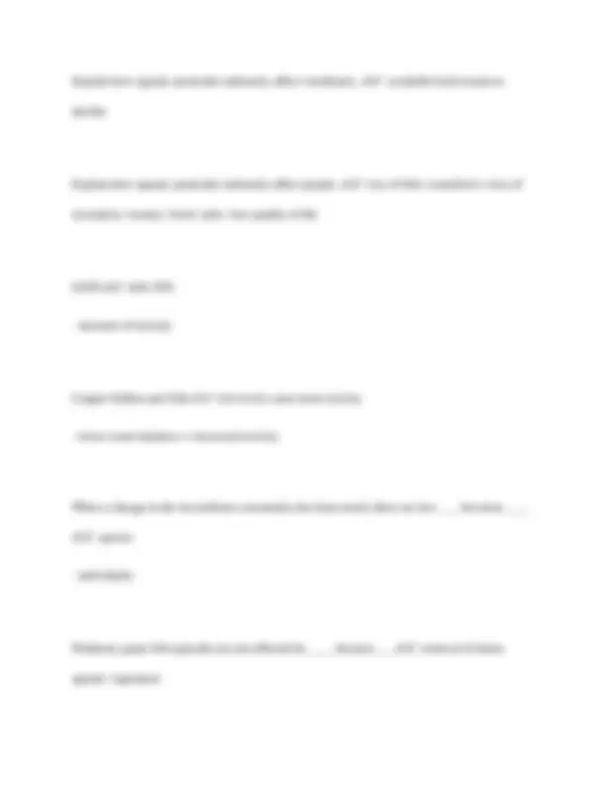
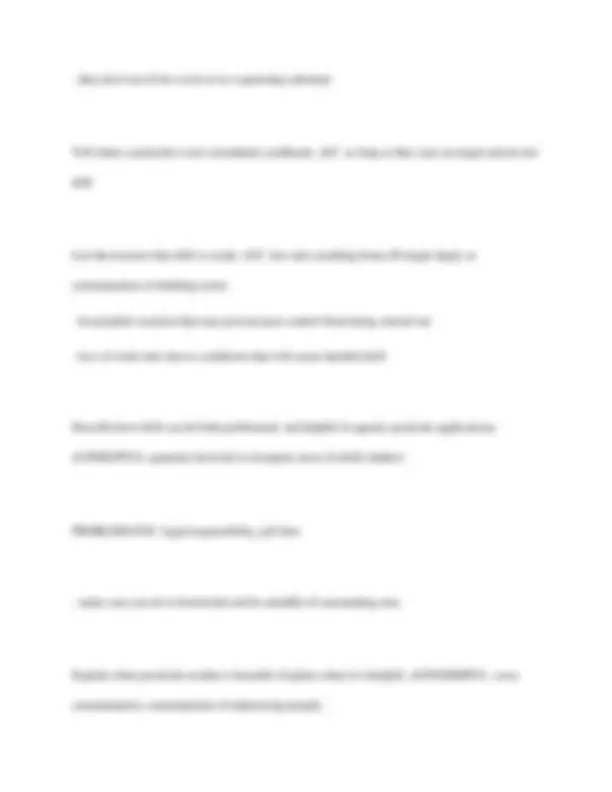
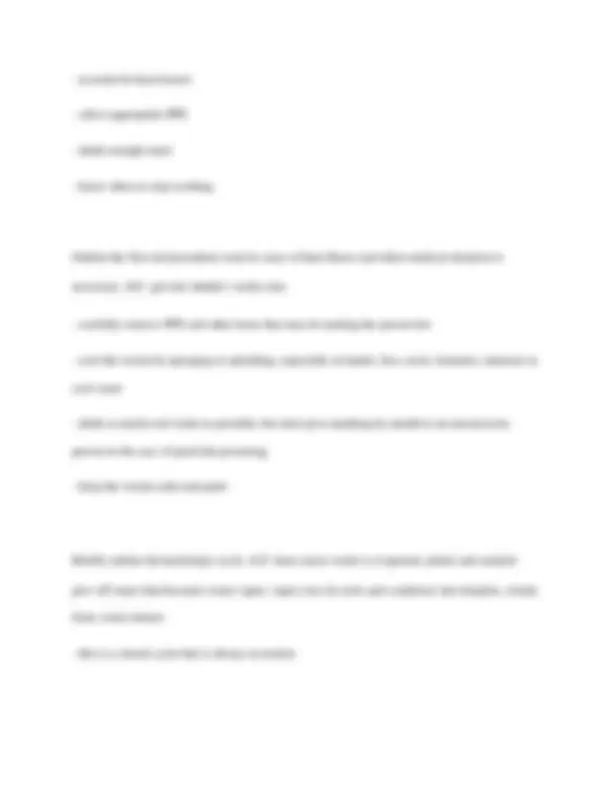
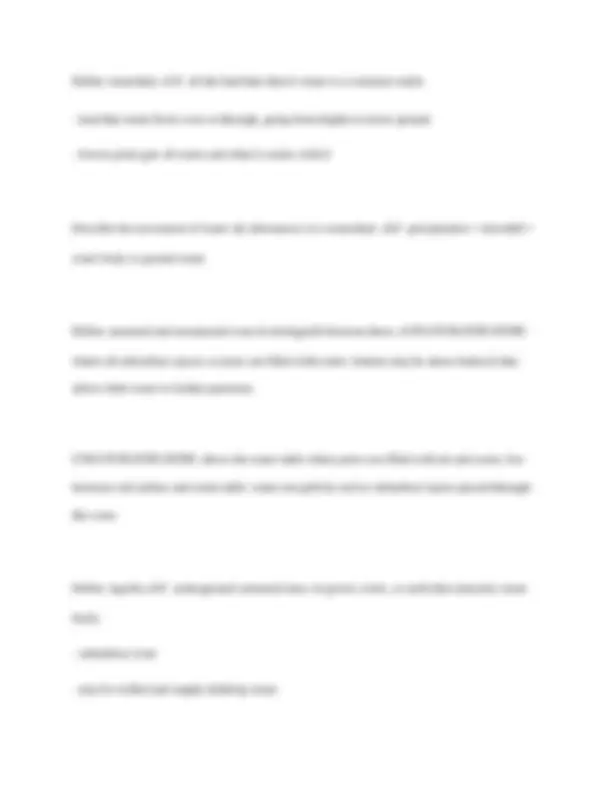
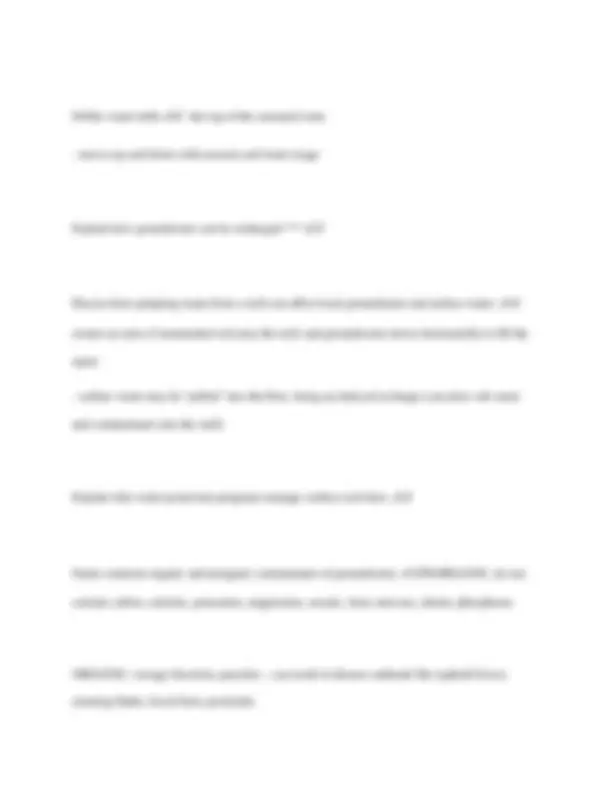
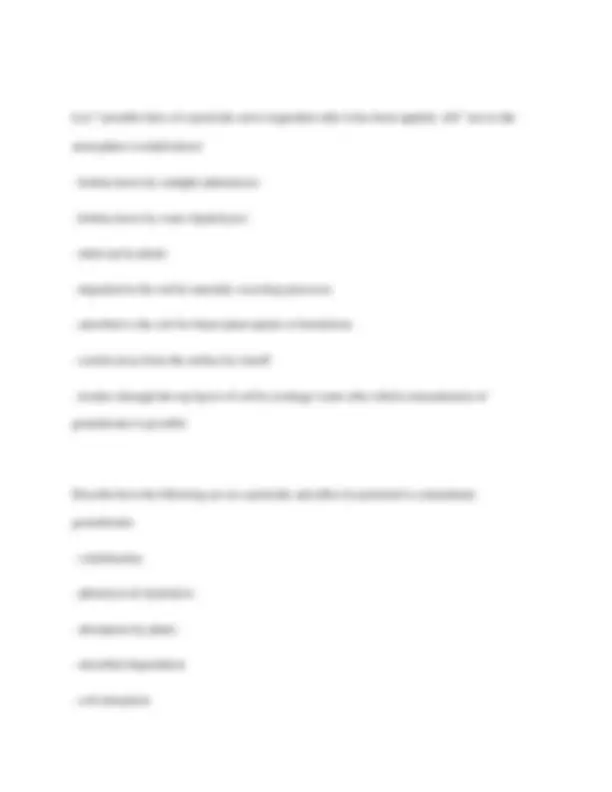
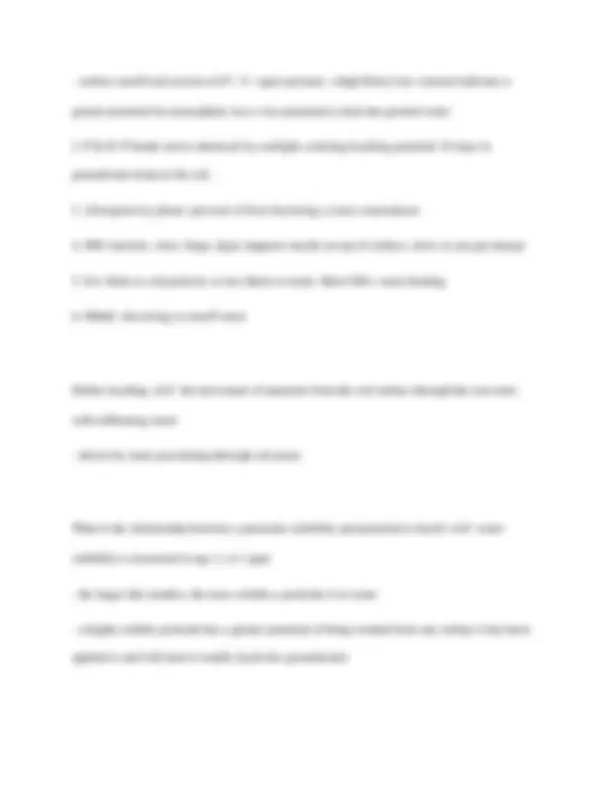
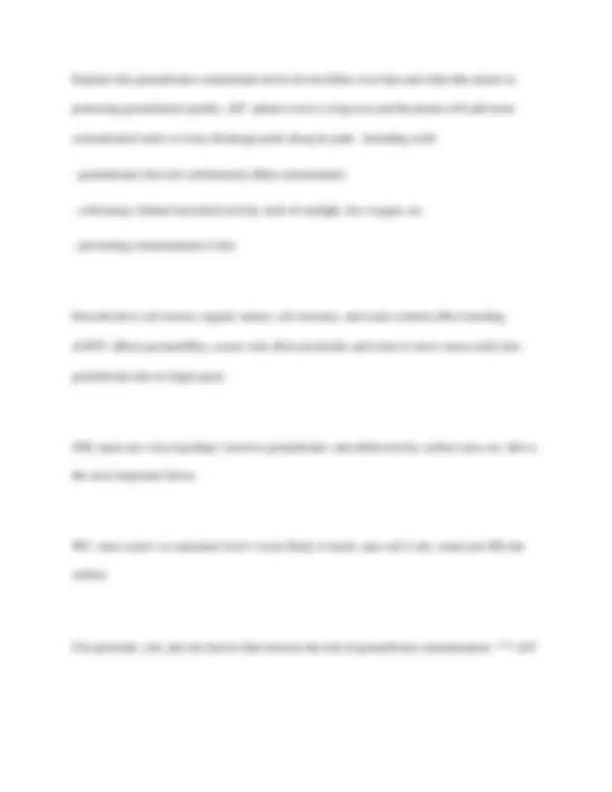
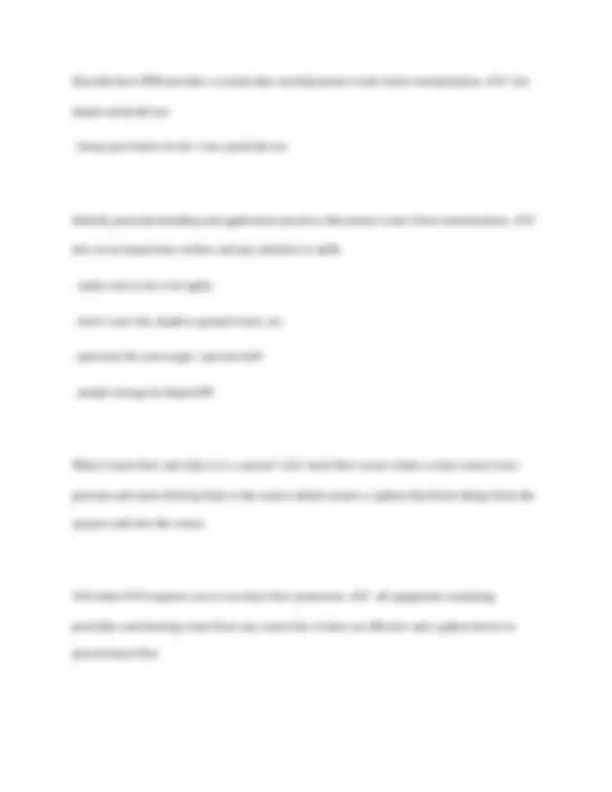
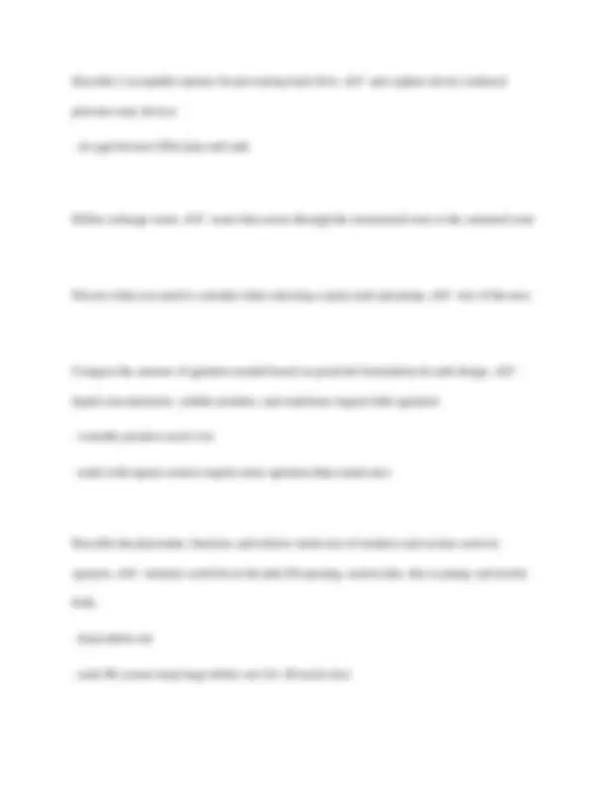
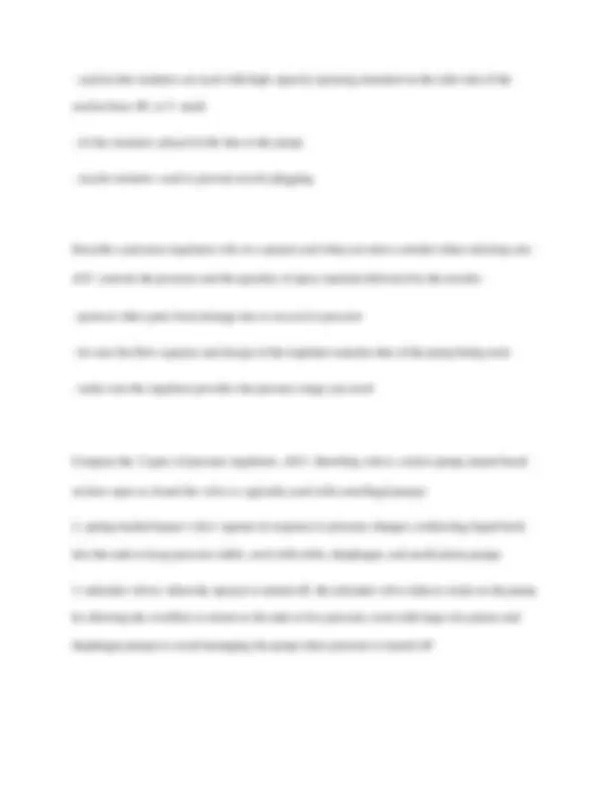
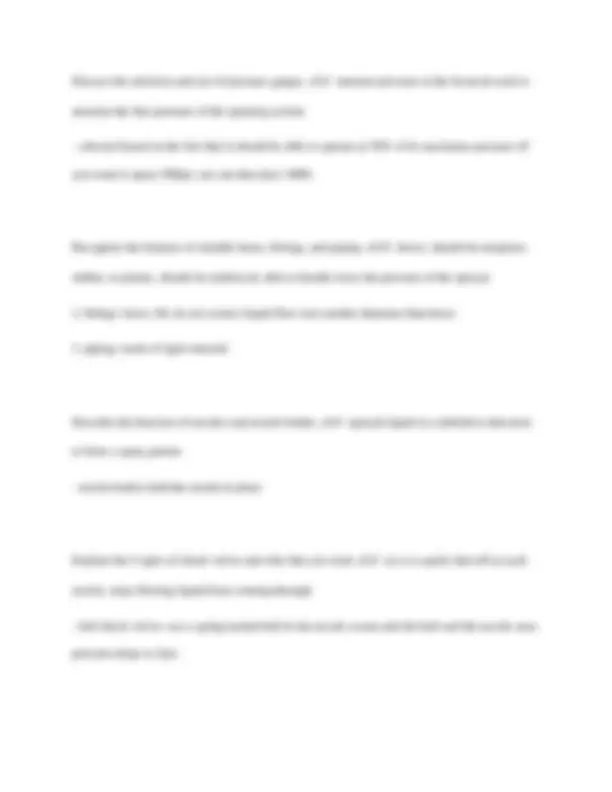
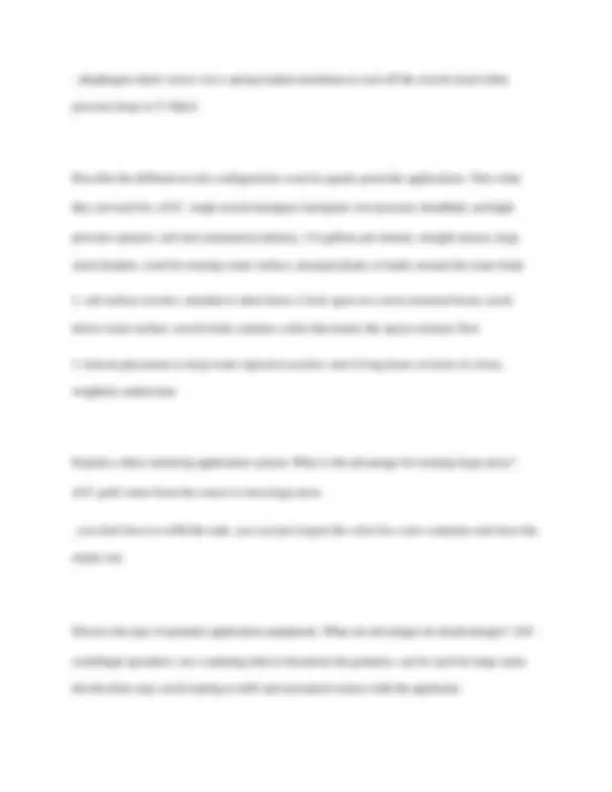
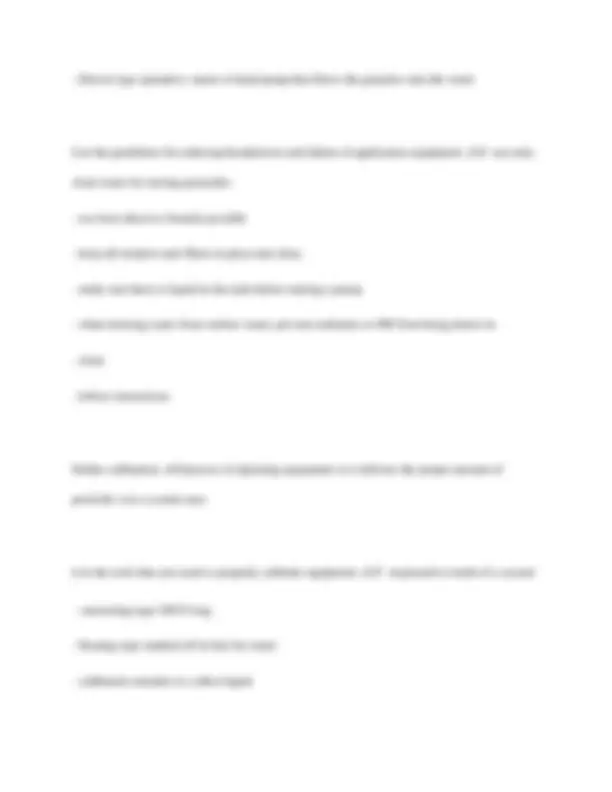

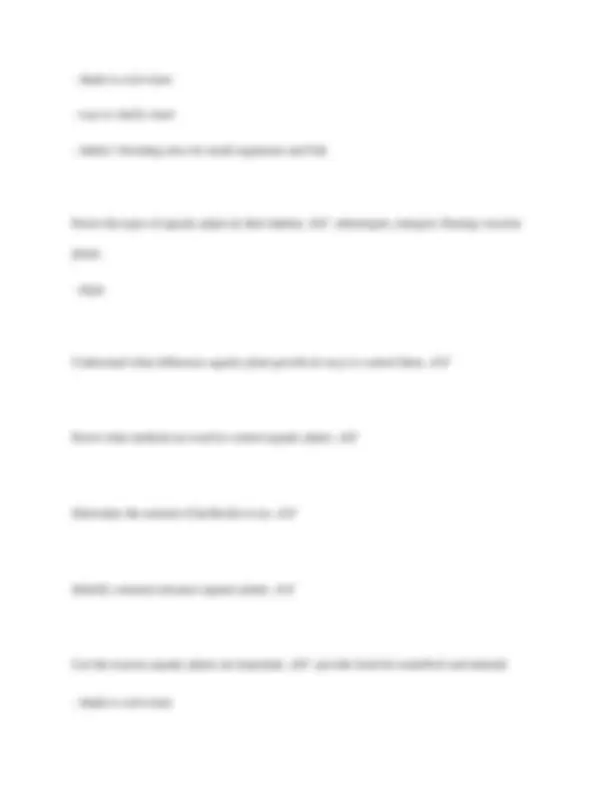
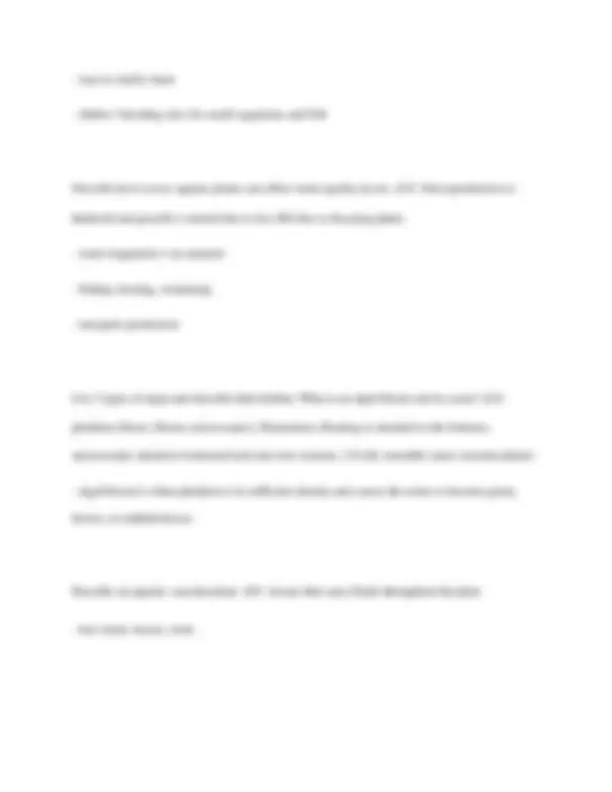
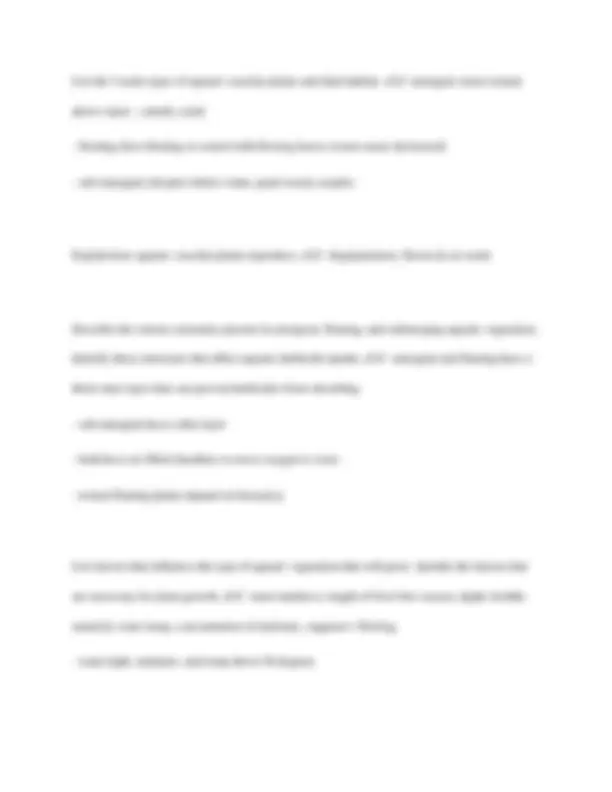
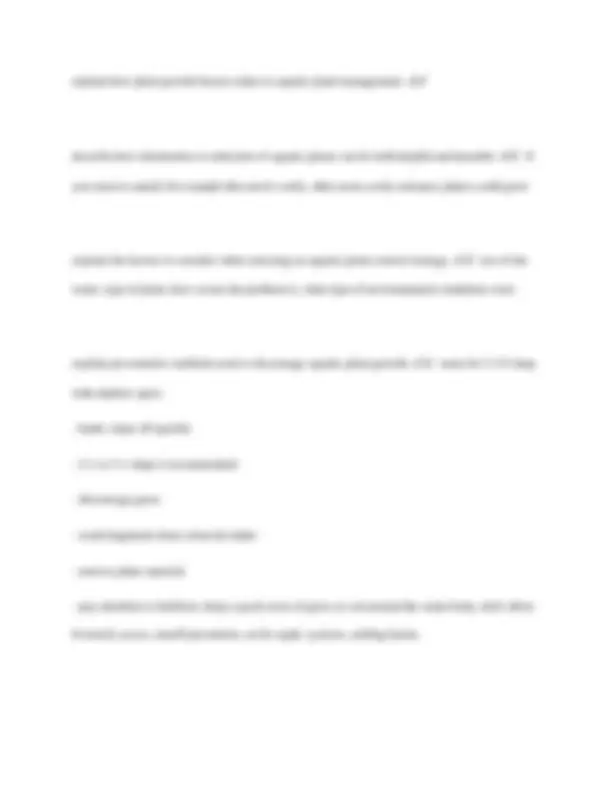
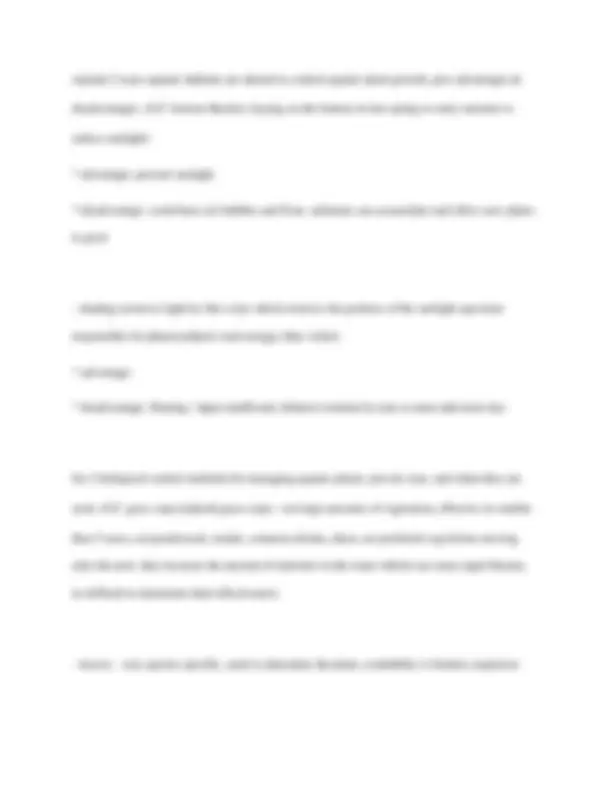
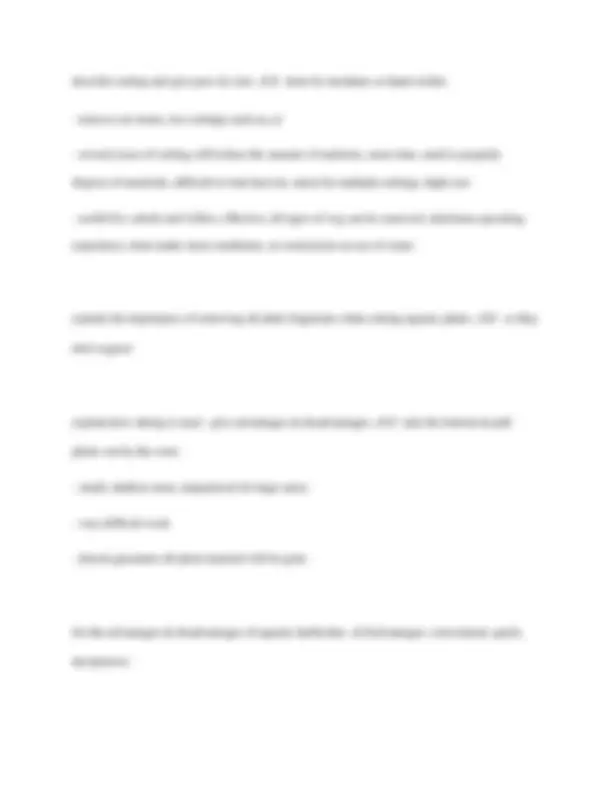
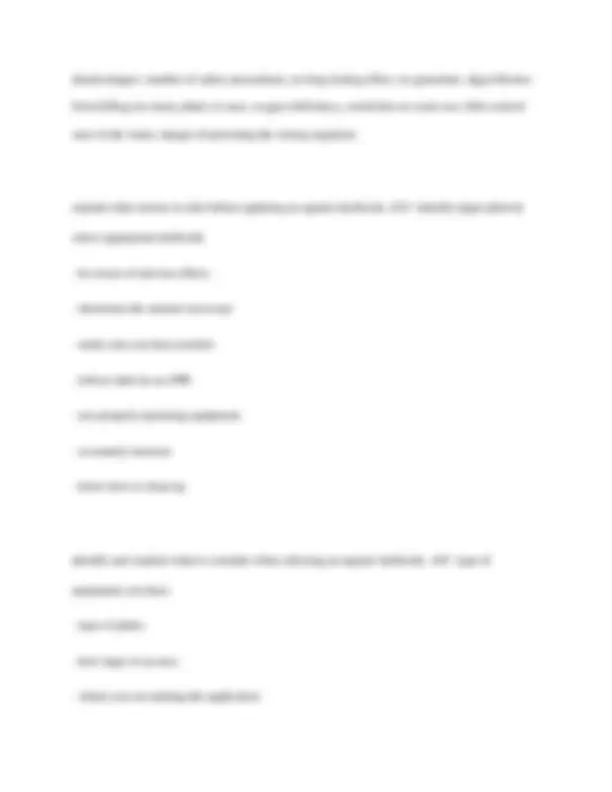
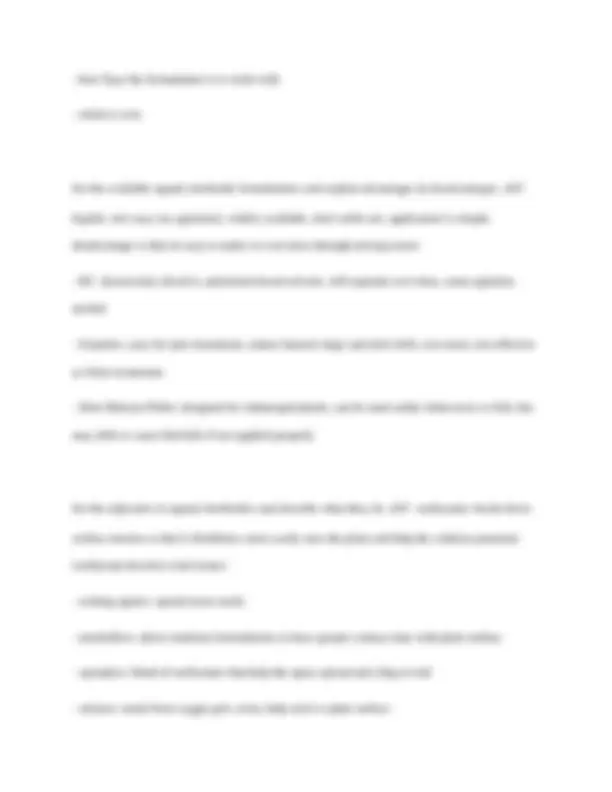
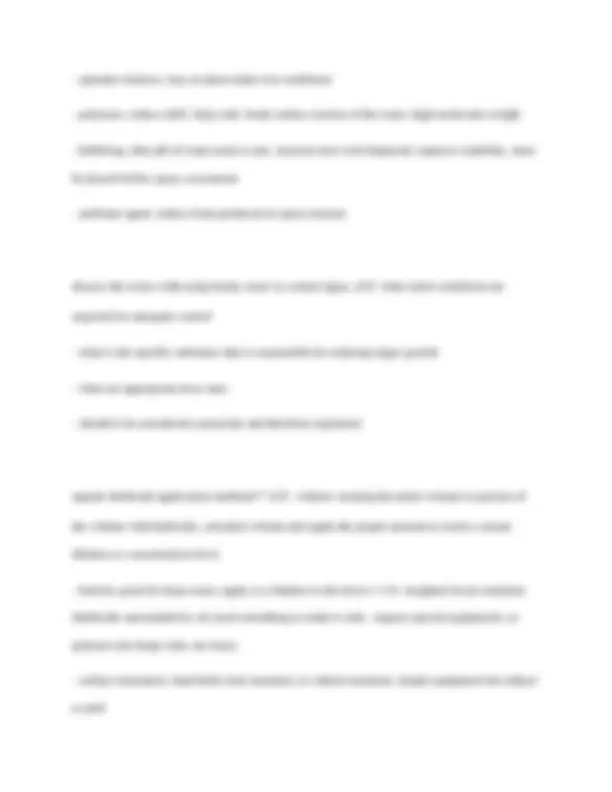
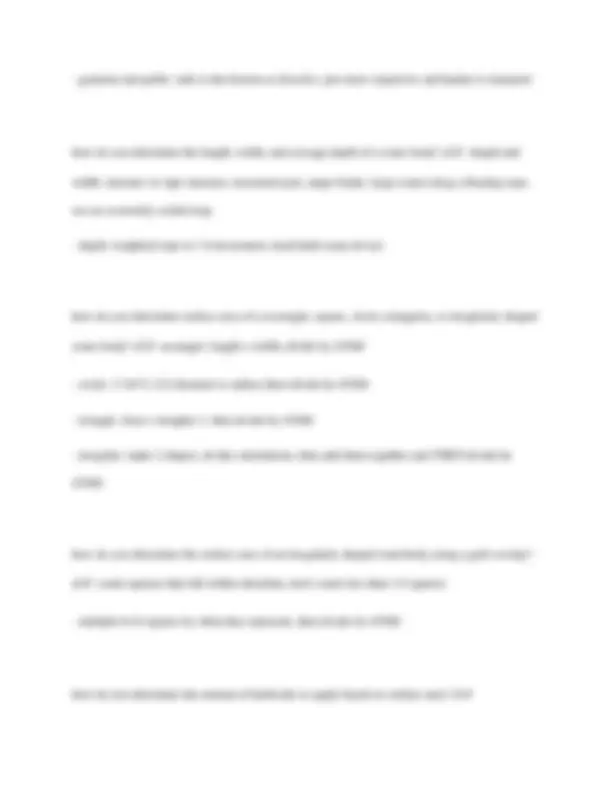
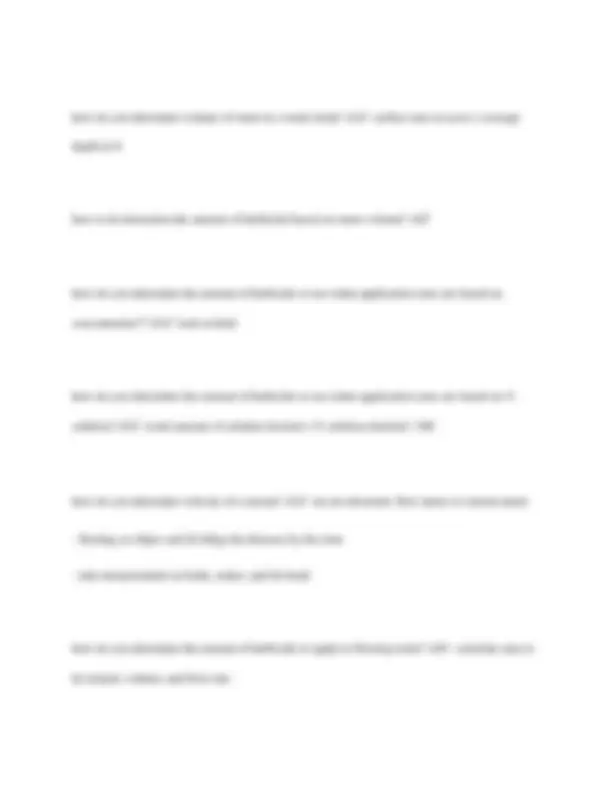
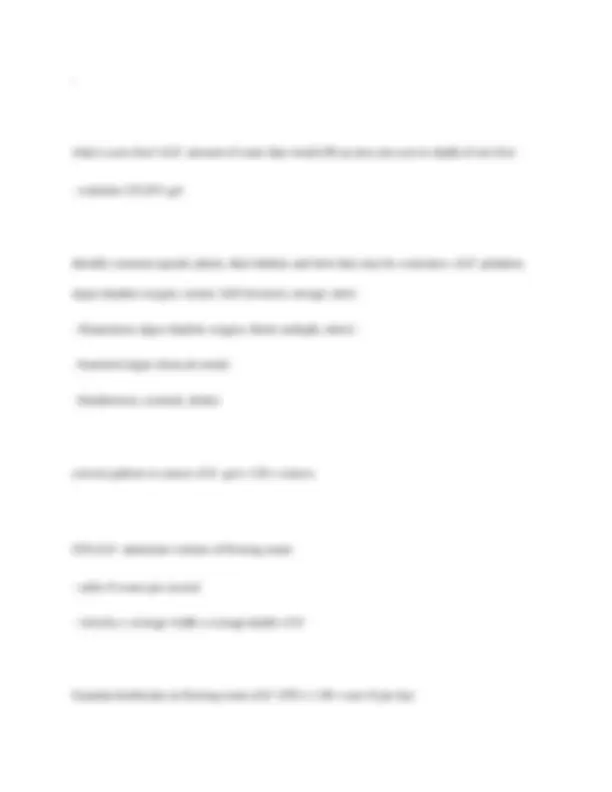
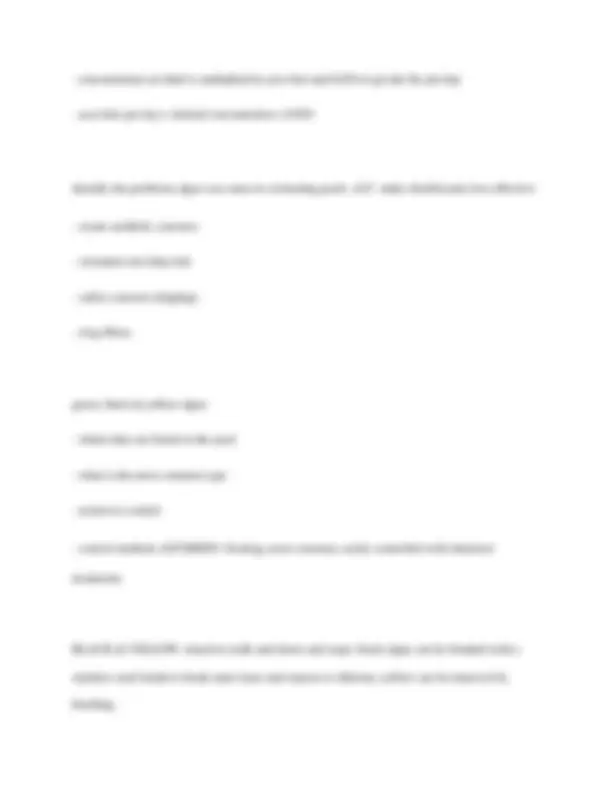
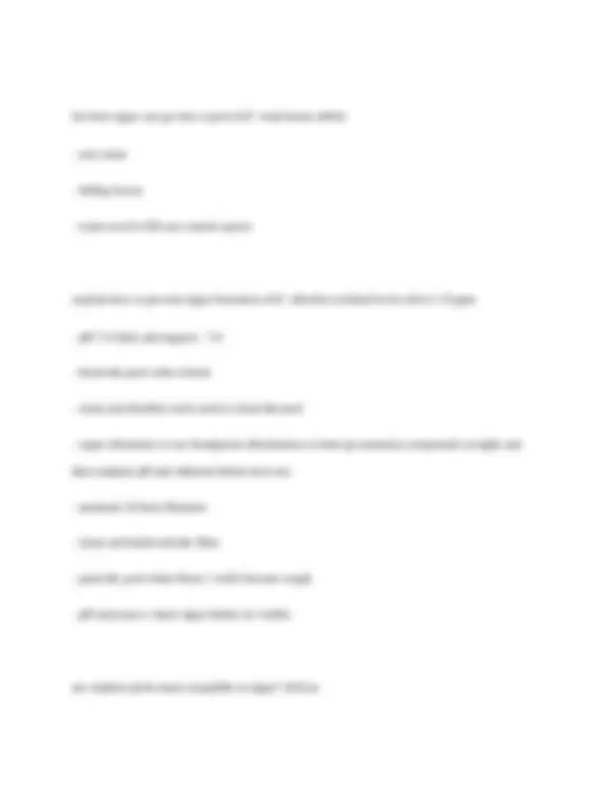
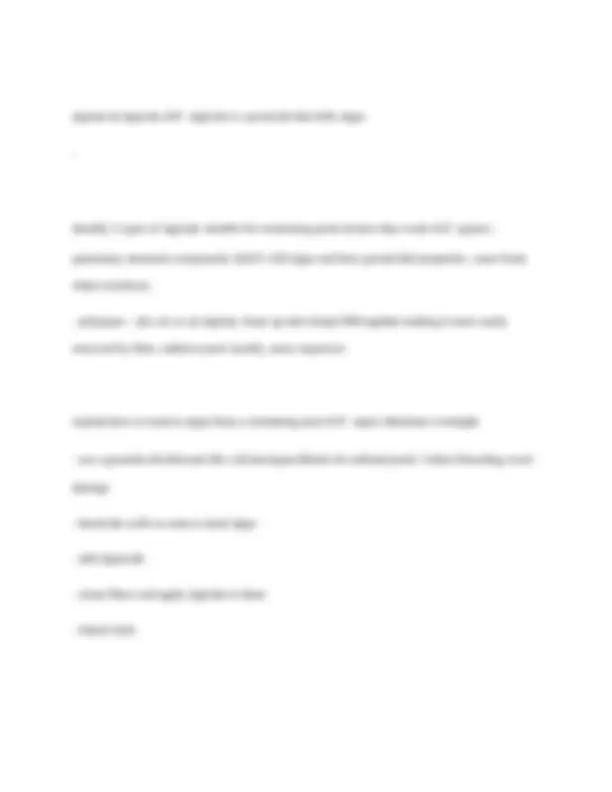
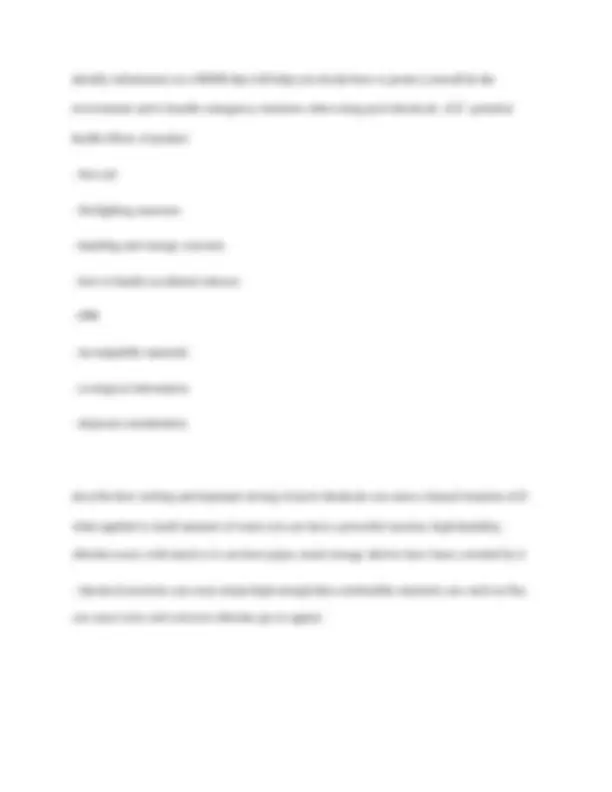
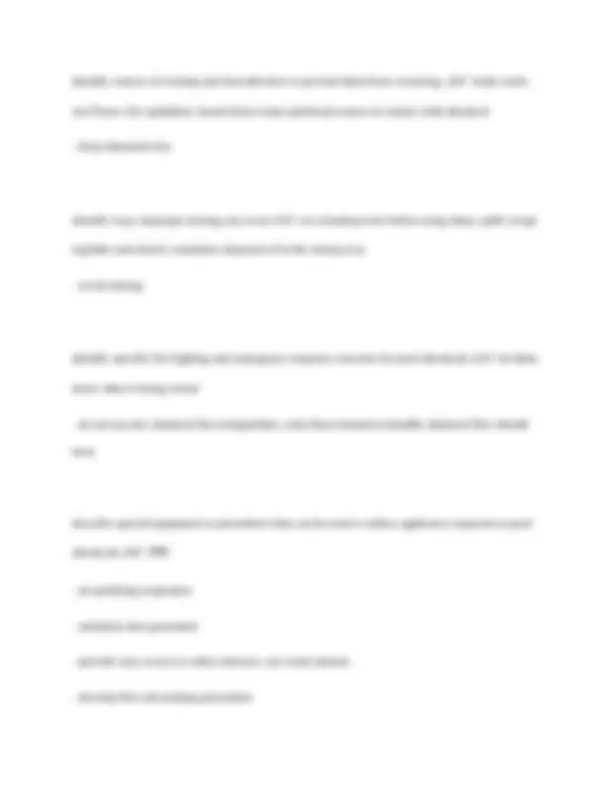



Study with the several resources on Docsity

Earn points by helping other students or get them with a premium plan


Prepare for your exams
Study with the several resources on Docsity

Earn points to download
Earn points by helping other students or get them with a premium plan
Community
Ask the community for help and clear up your study doubts
Discover the best universities in your country according to Docsity users
Free resources
Download our free guides on studying techniques, anxiety management strategies, and thesis advice from Docsity tutors
List 4 responsibilities you have as a certified commercial pesticide applicator or technician. ✔✔- accurately identifying the pest you want to control - applying the most effective and efficient management strategy or control measure - selecting an appropriate and registered pesticide if one must be used - knowing the consequence of your management strategy or decision List 6 ways you can prevent pesticide exposure to non-applicators. ✔✔- recognizing potential hazards with the application -paying careful attention to all tasks involved in applying pesticides - strictly adhere to the label and any precautions given - store and dispose of pesticides properly - thoroughly understanding and using proper pesticide application techniques to control the pest - using pesticide application equipment properly
Typology: Exams
1 / 48

This page cannot be seen from the preview
Don't miss anything!









































List 4 responsibilities you have as a certified commercial pesticide applicator or technician. ✔✔- accurately identifying the pest you want to control
List 6 ways you can prevent pesticide exposure to non-applicators. ✔✔- recognizing potential hazards with the application
Describe the importance of keeping up to date on changes in law & regulations. ✔✔- state, local, and federal regulations may impact you
Describe the importance of keeping up to date on product registrations. ✔✔- in NY, it's against the law to use / purchase an unregistered product according to the New York State Department of Environmental Control
Describe the importance of keeping up to date on label changes. ✔✔- the label tells you what you can and cannot do with a pesticide
Describe the importance of keeping up to date on new or updated pest management strategies. ✔✔- new pest management strategies may reduce the amount of pesticide, reduce the amount of applications needed, or avoid pastiche use all together
Describe the importance of keeping up to date on product development & changes. ✔✔- you can keep up to date to select the most appropriate for the job
Describe the importance of keeping up to date on new pesticide application techniques. ✔✔- new techniques may be developed that help improve the effectiveness or reduce the amount of pesticide required to do a job
Explain the permit exceptions for aquatic insect control. ✔✔- when used to control biting insects (mosquito larvae) in temporary ponds (snow melt pools) or ponds that do not contain fish.
Tell who must apply for a permit. ✔✔
Identify what must be included on a drawing or map that is part of a permit application. ✔✔- size and depth of treatment area
List the terms and conditions that will be included as part of a permit. ✔✔- the permits issuance is based on statements, agreements, and restrictions made of accepted by the applicant
A permit does not give you permission to what? ✔✔- Trespass
Explain how liability issues can affect the aquatic pesticide applicator. ✔✔- civil actions & civil liability / third party injuries
Permits limit which pesticides are to be used and under what conditions to protect these 3 things
Explain the permit exceptions for aquatic weed control. ✔✔- not required when an officially recognized water supply agency uses copper sulfate to control algae in a public water supply
Explain the permit exceptions for fish control. ✔✔- if you will be removing undesirable fish by netting, trapping, drawing down water, or by any other non-chemical method when authorized by NYSDEC
Describe IPM ✔✔- integrated pest management
List 5 parts of an effective IPM program. ✔✔- identify
Explain why IPM is not a "one size fits all" approach. ✔✔- tactics vary from site to site and pest to pest
-changes in water conditions
Describe why pest identification and knowledge of a pest's life cycle is important in an IPM program. ✔✔- you need to know if you are actually controlling a pest
Describe how economic significance is factored into an IPM program. ✔✔- some pests cause real economic damage and damage to aesthetics and recreational use
Define an action threshold. Explain how it is determined and why it is important. ✔✔- predetermined point where management action is taken
Describe what you should consider when selecting management tools. ✔✔- pest problem
Explain the importance of evaluation. ✔✔- accurate records can be used to determine future management
Explain the direct effects of an aquatic pesticide application to invertebrates. ✔✔- most are not harmful when used at label rates
Explain the direct effects of an aquatic pesticide application to fish. ✔✔- fish rapidly accumulate aquatic herbicides (least accumulation in muscle tissue)
Explain how aquatic pesticides indirectly affect bacteria & decomposition. ✔✔- when there is a lot of organic material, bacteria use a lot of oxygen to decompose them
Explain how aquatic pesticides indirectly affect invertebrates. ✔✔- decaying plant material = less DO
Explain how aquatic pesticides indirectly affect fish. ✔✔- removal of rooted aquatic vegetation may increase the amount of food available to fish when nutrients released stimulate algae growth
Explain how aquatic pesticides indirectly affect vertebrates. ✔✔- available food resources decline
Explain how aquatic pesticides indirectly affect people. ✔✔- loss of fish / waterfowl = loss of recreation / money / food / jobs / lost quality of life
LD50 ✔✔- kills 50%
Copper Sulfate and Fish ✔✔- low levels cause trout toxicity
When a change in the invertebrate community has been noted, there are less ___ but more ___. ✔✔- species
Predatory game fish typically are not affected by ____ because __. ✔✔- removal of dense aquatic vegetation
HELPFUL: applying granules to treat aquatic weeds: residues left helps control weeds after it has been applied
Explain what contamination is. ✔✔- when a pesticide appears in a place where it is not wanted
List factors you can control to reduce contamination. ✔✔- secure transport
List the ways you can reduce contamination. ** ✔✔
Distinguish heat stress from heat illness. ✔✔HEAT STRESS: buildup in the body of heat generated by muscles during work and by a warm or hot work environment
HEAT ILLNESS: number of disorders that can occur when the body is subjected to more heat than it can cope with
List and describe the 4 factors that contribute to heat stress ✔✔- heat factors (temp, humidity, amount of sunlight contribute while wind keeps you cool)
Discuss what an employer can do to protect employees from heat stress. ✔✔- training at the beginning & at the start of warm seasons
Describe 5 steps you can take to reduce your risk of heat stress. ✔✔- manage your work load
Define watershed. ✔✔- all the land that directs water to a common outlet
Describe the movement of water (& substances) in a watershed. ✔✔- precipitation > downhill > water body or ground water
Define saturated and unsaturated zone & distinguish between them. ✔✔SATURATED ZONE: where all subsurface spaces or pores are filled with water. bottom may be dense bedrock that allows little water to farther penetrate.
UNSATURATED ZONE: above the water table where pores are filled with air and water, lies between soil surface and water table. water not geld by soil or subsurface layers passed through this zone.
Define Aquifer ✔✔- underground saturated mass of gravel, rocks, or earth that transmits water freely
Define water table ✔✔- the top of the saturated zone
Explain how groundwater can be recharged.*** ✔✔
Discuss how pumping water from a well can affect local groundwater and surface water. ✔✔- creates an area of unsaturated soil near the well, and groundwater moves horizontally to fill the space
Explain why water protection programs manage surface activities. ✔✔
Name common organic and inorganic contaminates of groundwater. ✔✔INORGANIC: do not contain carbon, calcium, potassium, magnesium, arsenic, lead, mercury, nitrate, phosphorus
ORGANIC: sewage (bacteria, parasites - can result in disease outbreak like typhoid fever), cleaning fluids, fossil fuels, pesticides